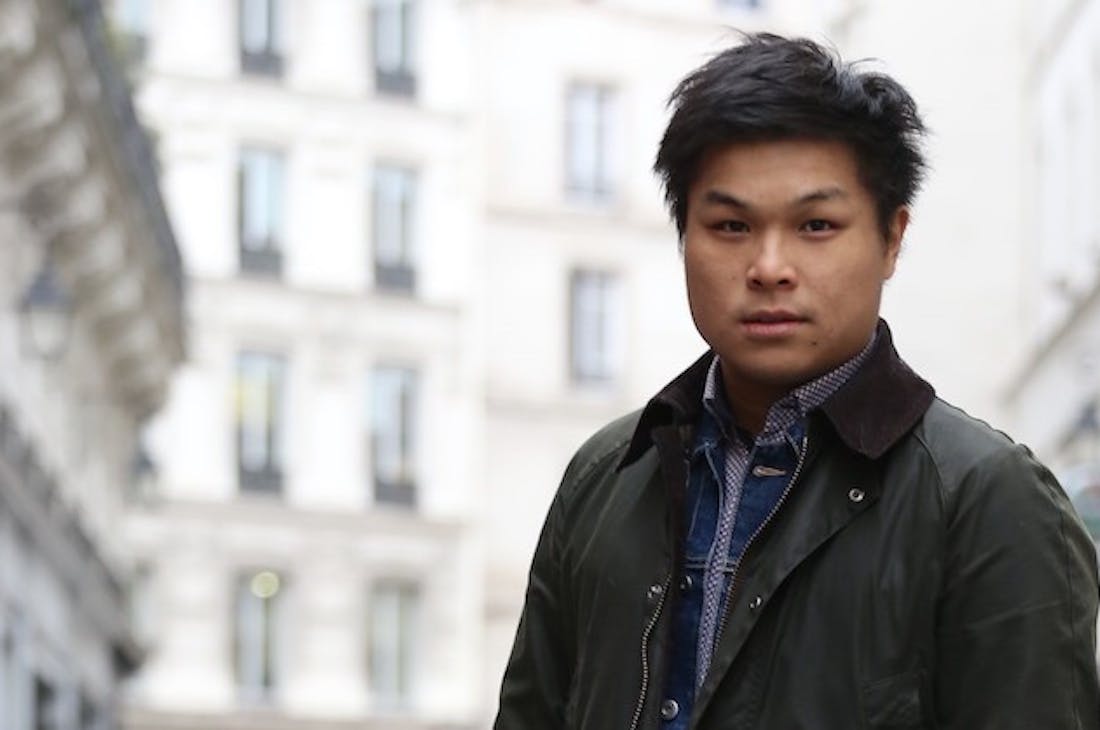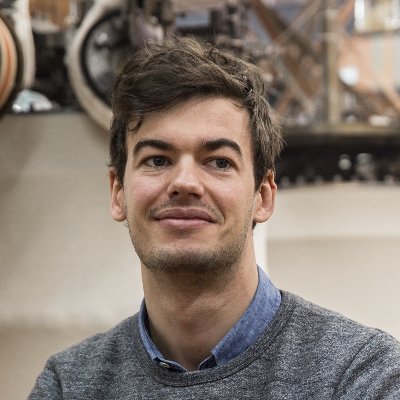After 7 years of blogging, if there's one brand that's been talked about far too little, it's without a doubt Barbour . It's time to fix this.
For those who are not too familiar with the brand, Barbour occupies more or less the same market segment as the Aigle brand in France or Carhartt in the United States.
Namely that of “heritage” brands, imbued with a strong workwear DNA, and a culture of quality on their historic products: work clothes at Carhartt, rubber boots at Aigle, and of course, parkas at Barbour.
Birth of Barbour in South Shields
Barbour's history began in 1894 in South Shields , a port town on the River Tyne estuary, 4 miles (6 km) downstream from Newcastle.

South Shields? It's here !
South Shields is historically a fishing port, which boomed during the Industrial Revolution. It was at the end of this period, in 1894, that the Scotsman John Barbour founded his textile company there to import oilcloths, then supply the sailors and dockers of the time with coats made from this same canvas.

The old South Shields lighthouse found on Barbour labels.
The emergence of Barbour, between workwear and “lifestyle” brand
More and more uses
The uses of Barbour rainwear will subsequently diversify to affect all other professions looking for strong and waterproof clothing : foresters, farmers, coachmen, soldiers.
Between the wars, the brand gradually moved away from purely professional uses. It was then the turn of motorcyclists to have a line specially designed for them, founded in 1934, and which still exists: Barbour International .

Actor, stuntman and pilot Steve McQueen was Barbour's dream ambassador.

From the beginning, Barbour marketed its products using mail order catalogs. It’s a sales channel that still exists today. A quick aside: I never cease to be amazed at the extent to which content is making a comeback to sell quality products, whereas it was common in the past .
Barbour and the submariners of World War II
During the Second World War, Barbour dressed the Navy, with models specially developed for submariners , at the initiative of Captain George Phillips, commander of the submarine HMS Ursula, who was not satisfied with the uniforms of the rank and file.
After observing a member of his crew wearing Barbour overalls (a kind of full-length overalls), he approached Barbour to design a new two-piece uniform, comprising jacket and pants.

English captain George Phillips, wearing the Barbour uniform that he had produced according to the needs of his crew. The jacket bears the name of his ship: the Ursula.

We immediately notice the hyper-practical aspect of the Ursula. First of all, its numerous drawstrings (hood, waist) and straps (sleeves) to bend the jacket and be able to maneuver and move freely in the passageways of the submarine. Also note the very covering hood, with a throat that rises high to keep the rain out. And all areas subject to wear (elbows, sleeve ends, pocket edges) are reinforced by doubling the canvas thickness.

There are many pockets and attachments for weapons, badges and on-board instruments. The interior is lined with Barbour tartan, lightly rubbed into a flannel, which makes the fabric a little warmer (it traps more air, making it more insulating). Just like the edge of the corduroy hood. And of course, it is the waxed cotton which ensures good waterproofing throughout.
An emergence as a “lifestyle” brand
It was only in the post-war period that Barbour would become a "lifestyle" brand with more urban clothing lines, designed for everyone. But the iconic jackets, dating from the mid-20th century, remain at the center of Barbour's offering.
These oilcloth models will evolve only slightly over time : addition of pockets, shortening of jackets and slimmer silhouettes.
This careful and tradition-conscious evolution can largely be explained by the fact that Barbour is still a family business today . Headed by Dame Margaret Barbour, who is president following the sudden death of her husband John Barbour (4th generation) in 1968.
His daughter Helen Barbour (5th generation) now serves as vice-president. We had the pleasure of interviewing Helen during our trip to the UK:
One of the rare brands with three Royal Warrants
Last stone in the building that is Barbour today, the Royal Warrants of Appointments . These are labels that indicate that a society supplies a royal court. The holding company is thus put forward, and enjoys a certain aura of prestige.
Barbour is the only clothing brand to have three , supplying the court of the Duke of Edinburgh (1974), the court of Queen Elizabeth II (1982), and that of the Prince of Wales (1987).
And Dame Margareth Barbour was also ennobled by Queen Elizabeth II (hence the “Dame” which is a title of nobility).

Barbour, whose founder is Scottish, also has two tartans of its own. The different colors, checks and lines each have a meaning: tartan is originally a Scottish clan emblem. In this photo we see one of the two tartans, as well as the label displaying the three royal warrants.
The production of Barbour jackets in South Shields
Barbour products are today distributed in more than 40 countries around the world, with around forty own stores, but only one in France, located in Deauville. (it makes more sense than having mounted it in Marseille) but several franchises in Paris and Lyon for example.
As for the products, although a significant part is no longer made in Europe, all the jackets in the classic range remain produced in South Shields (the other jackets are made in Eastern Europe for identical finishes).
Barbour is the largest employer in the South Shields area, with almost 600 people, including 150 in the jacket production workshop alone (which also handles repairs for the UK).
We were able to visit this workshop where there is a really good atmosphere. Thank you to the warm welcome from the Barbour teams!
To conclude with some figures:
- the South Shields workshop produces on average 3,000 jackets per week , for around fifty references,
- each qualified worker produces some 25 jackets per week ,
- a jacket requires 1h30 of work ,
- 90% of employees have more than one year of seniority, and many have also worked for more than 10 years,
- waxing an old jacket takes 15 minutes ,
- over 25,000 jackets per year are sent to Barbour to be repaired, refurbished or rewaxed, of which 14,000 jackets are processed in South Shields.

View of South Shields assembly lines.
The work of these workers must be done perfectly the first time , because a jacket with a defect is complicated to put back together.
In fact, the seams cannot always be redone, because the holes from a poorly done seam affect the waterproofness of the garment . We are therefore dealing with great precision in know-how.
It is the specialization of tasks and the assembly line organization that allows them to be produced quickly, at controlled costs, and with a high quality standard.

Barbour jacket pieces lined with the brand's tartan, in the middle of the assembly line.

Long Barbour Bui Thaï (who makes the videos at BonneGueule) and his Barbour jacket which he has never taken off since visiting the South Shields factory (Bristol model).
What about Barbour now?
Barbour products have enjoyed a certain fashion effect for several years, between appearances in numerous films, including James Bond (this was not a product placement, simply a wish of the directors and costume designers), and rock stars. ..

Daniel Craig and his Barbour jacket in Skyfall, released in 2012.

Arctic Monkeys frontman Alex Turner, also in a Barbour jacket.
In a second article to be published very soon, I will present to you the men's designer from Barbour who will show us many archive pieces, and the functional logic behind each piece .
We will finally see the future of the brand, which is embarking on numerous technical innovations, between respect for tradition and innovations of the future (yes, we will still talk about urban techwear !).




